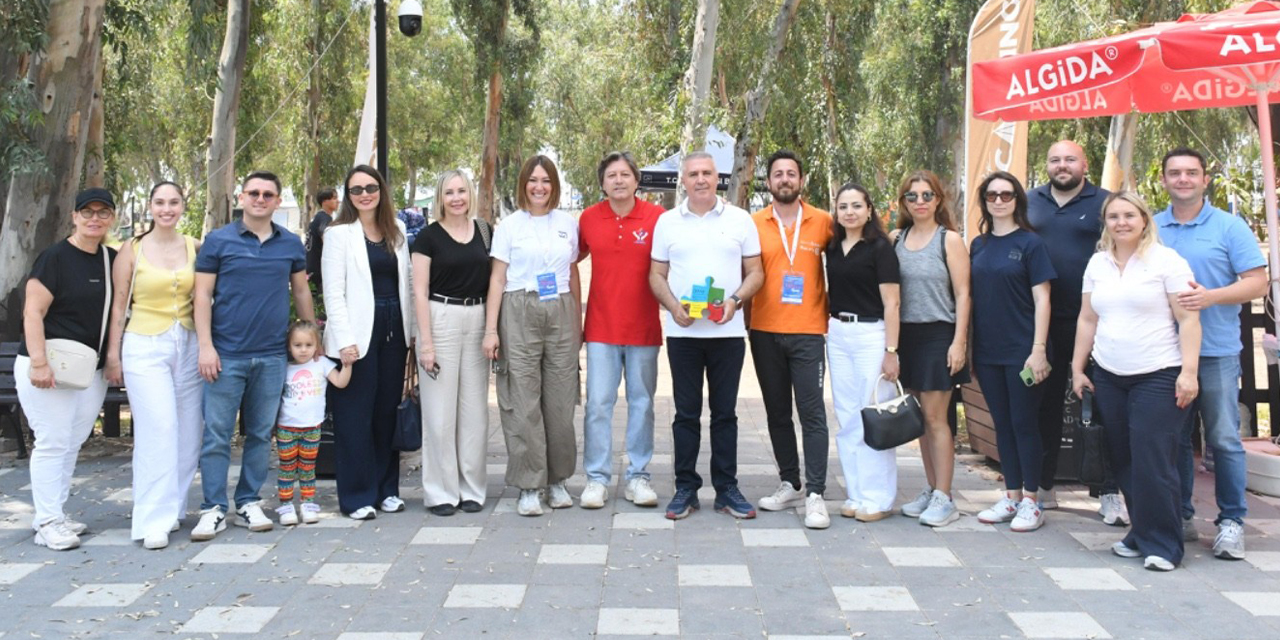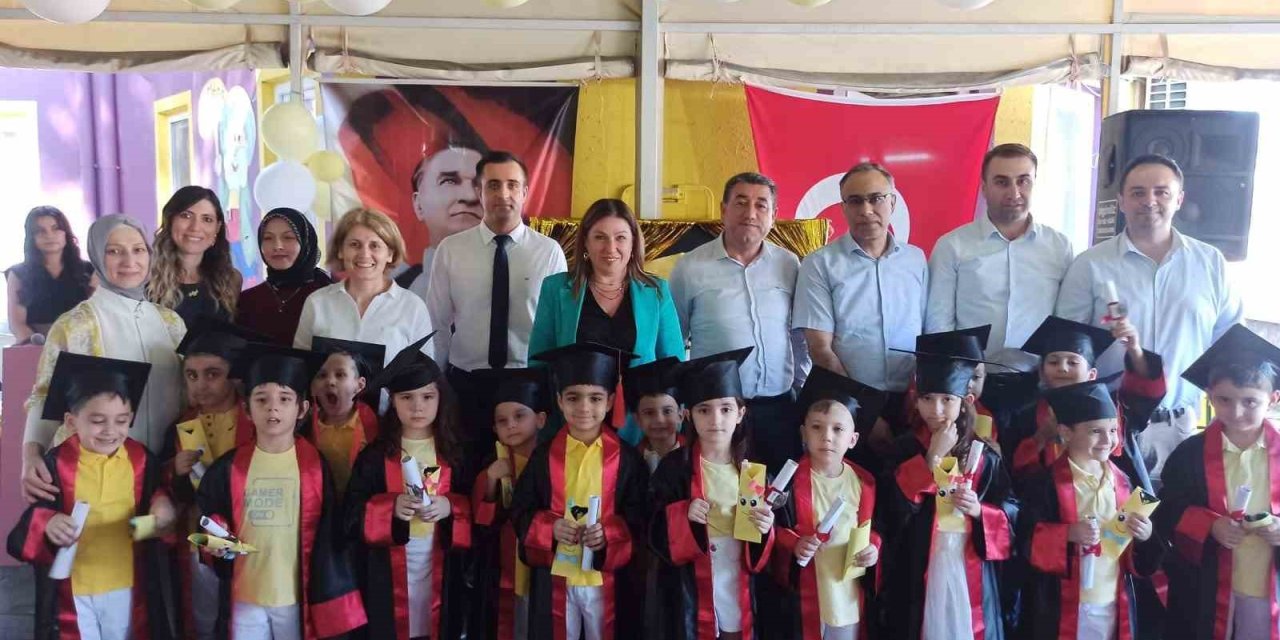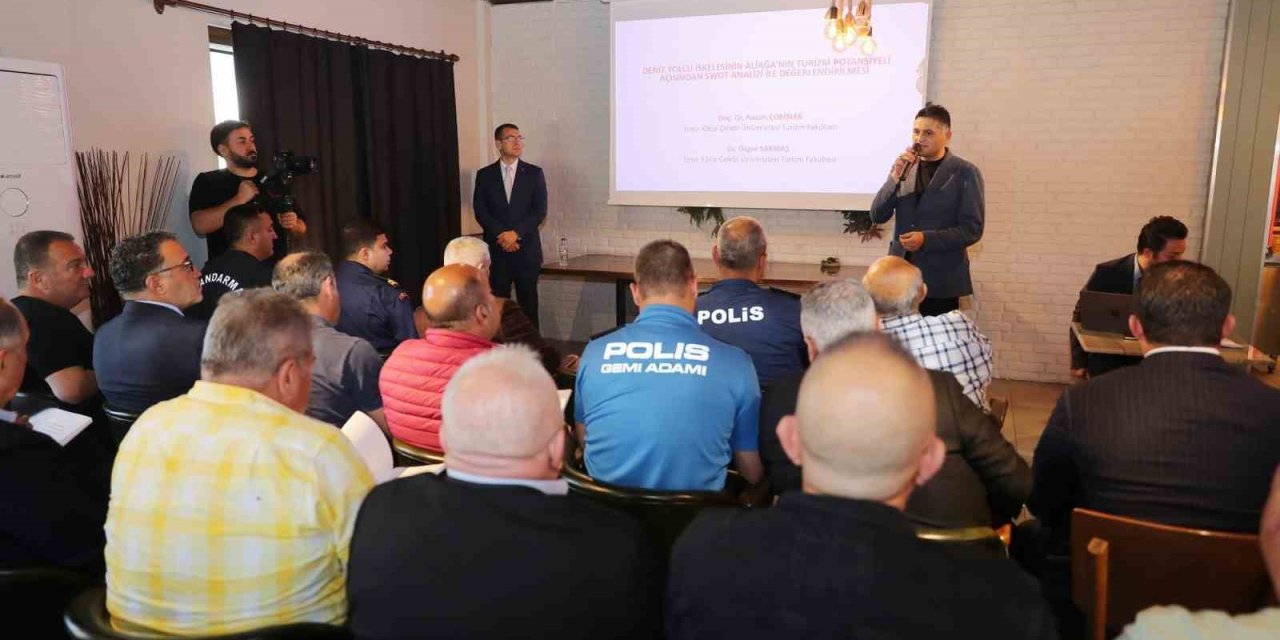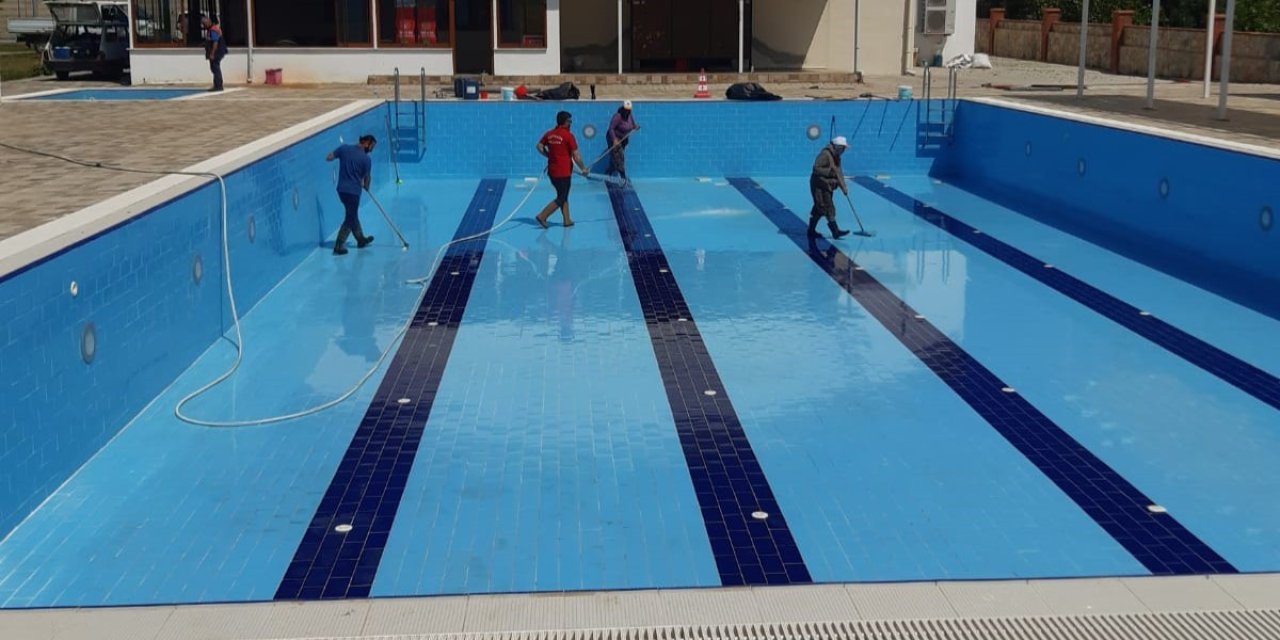
Treatment of Spinal Muscular Atrophy (SMA) Abroad
Why do families consider going abroad for SMA treatment?
Families consider going abroad for SMA treatment because it can provide faster access to life-changing therapies and more experienced clinical care. In many countries, delays in diagnosis or treatment approval mean children miss the critical window for early intervention. For SMA, timing is directly tied to outcome—so even a few weeks can matter.
Abroad, especially in countries like Germany, the US, or Italy, treatments like gene therapy can be accessed sooner due to faster regulatory processes or broader patient eligibility criteria. While some national healthcare systems may limit access based on age or disease progression, foreign clinics may evaluate patients case-by-case.
In addition, some families travel because their local healthcare system doesn’t yet offer all available treatments. For example, certain medications may not be reimbursed or approved locally, while they are available elsewhere through public or private channels. These discrepancies push families to look outside their borders.
Many international centers also have dedicated SMA teams—neurologists, physiotherapists, respiratory specialists—who treat only neuromuscular conditions. This concentrated experience can translate into better-coordinated care and more personalized treatment decisions.
What are the key advantages of SMA treatment abroad?
The biggest advantage of SMA treatment abroad is access to a more complete and faster treatment pathway. Some countries have national newborn screening programs, so babies are diagnosed within days of birth and treated immediately. This early start is often not possible in countries without such infrastructure.
Another advantage is greater flexibility in treatment eligibility. In some regions, strict rules may exclude patients above a certain age or with certain symptoms. But abroad, clinics may evaluate broader indicators, such as overall health or muscle function, not just age or genetic profile.
Families also benefit from specialized monitoring and support services. Leading clinics provide early physiotherapy, breathing support, and nutritional guidance that starts before treatment, not after symptoms worsen. These add-ons can significantly impact how much function a child retains.
Additionally, in some countries, multiple therapies are offered under one roof—for example, gene therapy and oral treatments—allowing specialists to decide what’s best based on the child’s condition. At home, families may be limited to whichever drug is currently approved or funded.
What should families know before planning treatment abroad?
Planning treatment abroad for SMA requires careful preparation, especially around timing and logistics. The first thing to know is that many hospitals abroad have waiting lists. Even if the treatment itself takes only one day, pre-treatment evaluations, approvals, and lab work can take several weeks.
Families also need to consider visa rules, accommodation, and follow-up care. Some countries require extended stays for monitoring after treatment. For gene therapy, for example, most hospitals ask families to remain nearby for 4 to 8 weeks post-infusion to monitor liver and immune reactions.
Costs can vary widely. While some countries offer treatment through public programs or donations, others operate under private systems where families pay out-of-pocket or seek crowdfunding. In any case, travel, housing, and living expenses need to be accounted for in advance.
Finally, families should plan what happens after returning home. Not every doctor is familiar with foreign treatment protocols. Setting up follow-up care, especially for ongoing treatments like Spinraza or physiotherapy, should be arranged before travel if possible.
What types of SMA treatments are offered abroad?
There are three main SMA treatments that families may access abroad: gene therapy, intrathecal therapy, and oral medication. These options work in different ways, and choosing one depends on the child’s condition, age, and timing of diagnosis.
- Gene therapy (like Zolgensma) delivers a working copy of the SMN1 gene. It's given once, through an IV, usually in infants under two years old. This therapy is most effective when given early and can stop the disease from progressing.
- Spinraza (nusinersen) is injected into the spine every few months. It helps the body produce more of the missing protein by modifying how a backup gene (SMN2) works. It requires repeated hospital visits.
- Risdiplam (Evrysdi) is a daily oral medication taken at home. It also targets the SMN2 gene, but can reach more tissues in the body. It's often used for older children or those who can't receive other treatments.
Each treatment has its own risks and requirements. Gene therapy requires immune screening before treatment and liver monitoring afterward. Spinraza involves spinal injections, which can be difficult in children with scoliosis. Risdiplam is easier to take but may be less effective in late-stage SMA.
How do families choose the right country or clinic?
Choosing the right country or clinic for SMA treatment depends on treatment availability, clinical expertise, and support infrastructure. Some countries offer all treatment options and have SMA centers with long experience, while others may only offer one drug or have limited SMA-specific services.
Families often look for clinics that:
- Have treated many SMA patients before
- Offer early access to gene therapy
- Have multilingual staff for easier communication
- Provide in-house physiotherapy and respiratory care
- Are located in areas with short travel times and stable political environments
To find these, families can reach out to international SMA networks, ask for hospital outcome data, or speak with other families who’ve undergone similar journeys. It’s also important to check if the clinic offers ongoing support after treatment or helps transfer medical records back to home providers.
What are the risks or limitations of treatment abroad?
Despite the benefits, treatment abroad has challenges. The most common is limited continuity of care. Once families return home, local doctors may not be familiar with the exact treatment protocol or side-effect monitoring required.
There’s also the emotional and logistical strain. Staying in a foreign country for weeks or months, especially with a sick child, can be overwhelming. Language barriers, cultural differences, and unfamiliar health systems may add stress.
Another issue is unexpected medical delays. Even if a child is approved for treatment, things like abnormal lab results or infections can postpone therapy. Families need to be prepared for these setbacks.
Lastly, there’s always the question of cost and access. Not all families can afford to travel or pay privately for treatment. While some countries have programs to support foreign patients, these often require long application processes or strict eligibility rules.
Final thoughts: Is going abroad for SMA treatment worth it?
For many families, going abroad for SMA treatment is worth it—but only if it’s done early, with clear planning, and at the right center. The potential for better outcomes is real, especially when treatment starts before symptoms become severe.
However, success also depends on what happens after the treatment. A child who gets early therapy but returns home to fragmented care may not reach their full potential. That’s why the decision should include not just the treatment, but also how care will be continued afterward.
In the end, SMA treatment abroad isn’t just about the medicine—it’s about the timing, the experience of the team, the readiness of the family, and the path that follows. Families who understand these factors in depth are better prepared to make informed, confident decisions.










Türkçe karakter kullanılmayan ve büyük harflerle yazılmış yorumlar onaylanmamaktadır.